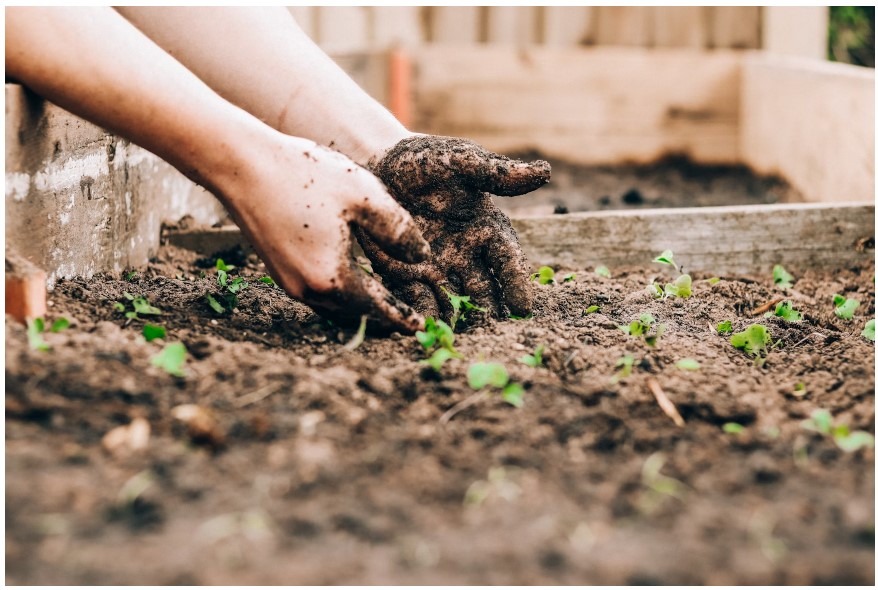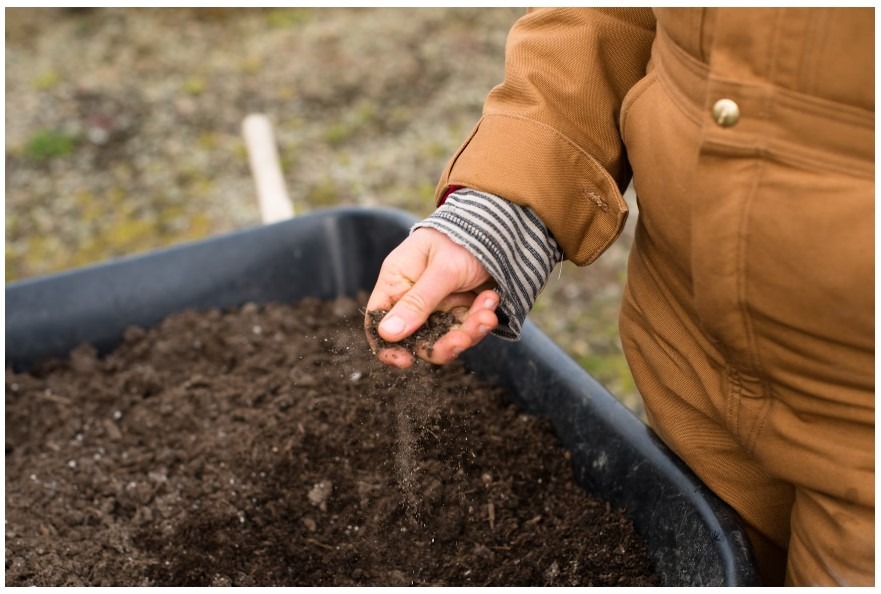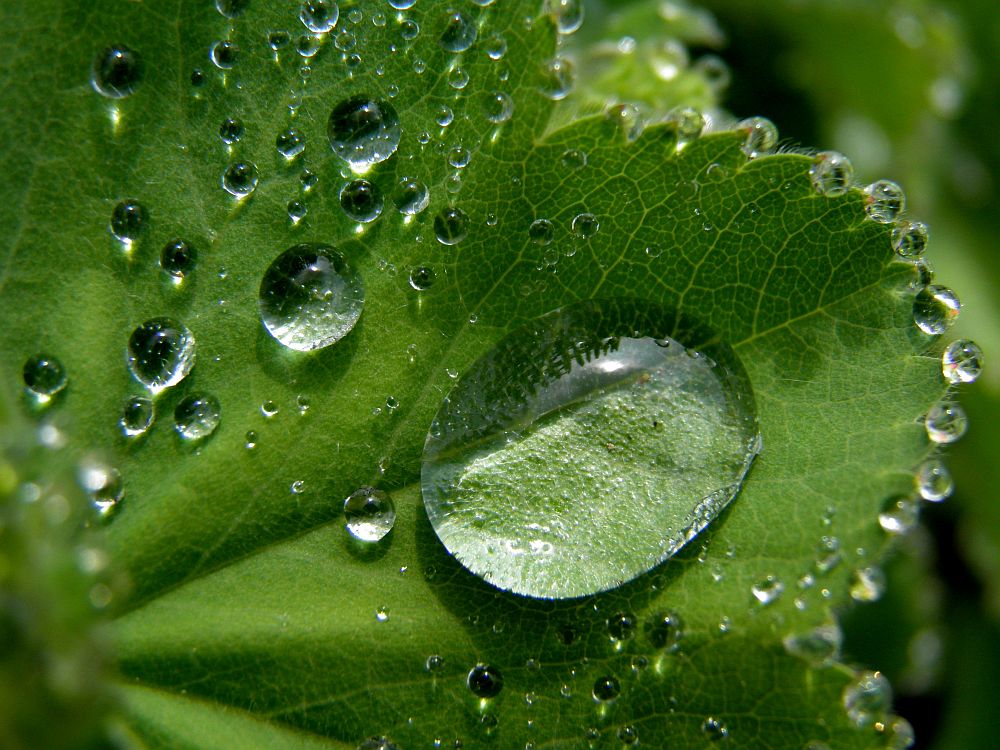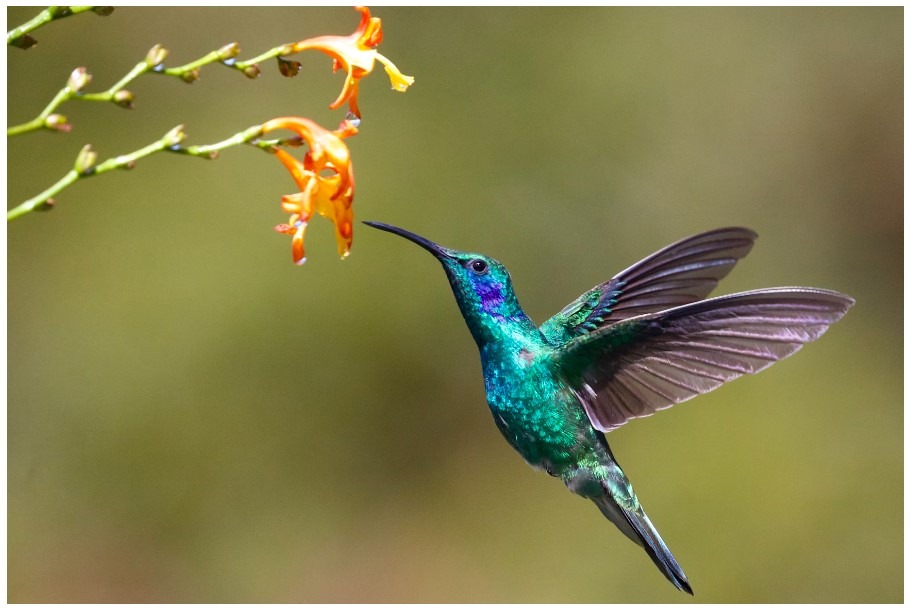Gardening in areas with wet soil poses unique challenges, yet offers a distinct opportunity to cultivate a remarkable diversity of plants that thrive in moist conditions. Wet soil can be a product of naturally high water tables, heavy clay composition, or proximity to bodies of water. While excessive moisture can be detrimental to many typical garden species, leading to root rot and other issues, a wide array of trees, shrubs, and flowers specifically favor these damp conditions, making it possible to create a lush and vibrant garden even in areas where water collects.
To garden successfully in wet soil, it’s pivotal to select the right plants that not only survive but also flourish under such conditions. Many species, including some cultivars and varieties, are naturally adapted to handle extra moisture and can transform a potentially problematic wet patch into a thriving ecosystem. Opt for plants like marsh marigolds, which produce cheerful yellow blooms, or willows and alders, which are excellent in absorbing excess water while adding structure to the garden. Knowledge of the local climate and consultation with experts can guide gardeners in making informed choices that result in robust growth and visual appeal.
In designing a garden for wet soil, it’s also important to address the soil quality itself. While some plants are suited to these environments, improving drainage can broaden the range of species that can be included in the garden. Moreover, integrating water-loving plants can help manage the water levels naturally, creating a balance that allows for a more diverse selection of vegetation. An understanding of one’s specific growing conditions coupled with a deliberate choice of appropriate plant life can lead to the establishment of a beautiful garden that coexists with its wet surroundings.
Understanding Wet Soil
Wet soil presents distinct characteristics and challenges that gardeners must acknowledge to ensure the success of their garden. Adequate knowledge of the soil’s properties and the issues associated with excessive moisture is essential for managing a garden with wet soil effectively.
Characteristics of Wet Soil
Wet soil typically has a high water table, which means water is near the surface and does not permit the soil to dry out easily. Other physical properties, such as a high clay content, can lead to poor drainage, resulting in waterlogging – a condition where water stands and saturates the soil. Wet soil appears soggy, feels sticky or slick, and can be compacted, which drastically reduces air spaces within the soil structure. This type of soil retains moisture longer due to its ability to hold water and slow drying time.
Common Challenges with Wet Soil
One significant challenge with wet soil is the susceptibility to root rot, a condition where plant roots drown and decay due to excessive moisture. Prolonged saturation can also deprive plant roots of oxygen, leading to poor plant growth and eventual death. Wet soil is often associated with clay soil, which can complicate matters due to its dense nature, making it difficult for roots to penetrate and for water to percolate through the soil. Addressing challenges such as waterlogging is crucial for the health of the garden, as standing water can also attract pests and diseases that thrive in stagnant and moist conditions.
Optimal Plants for Wet Conditions
Gardening in wet soil can be challenging, yet there are a multitude of plants that are not only capable of thriving in these conditions but also enhance the garden’s aesthetic and biodiversity.
Flowers and Shrubs for Wet Soil
Marsh Marigold (Caltha palustris) shines in wet soil environments with its vibrant yellow flowers welcoming spring. It’s an excellent choice for adding a splash of color to boggy areas. Siberian Iris (Iris sibirica) presents slender leaves and stunning blooms, preferring consistently moist conditions.
- Joe Pye Weed (Eutrochium purpureum) stands tall with mauve-pink flowers that attract butterflies, flourishing in damp soil.
- Cardinal Flower (Lobelia cardinalis) captivates with striking red flowers, drawing in hummingbirds and thriving in wet settings.
- Meadowsweet (Filipendula ulmaria) offers creamy blooms and a graceful structure, suitable for moist areas.
- Swamp Milkweed (Asclepias incarnata) provides vital support for monarch butterflies with its pink flowers, preferring wet soils.
Native plants like the Ligularia species are known for their large, interesting leaves and bright yellow to orange flowers, which stand out in high moisture gardens.
Vegetables and Fruits for High Moisture Areas
While most vegetables prefer well-drained soil, there are exceptions:
- Rhubarb (Rheum rhabarbarum) thrives in moist soil, producing large, edible stalks.
- Asparagus (Asparagus officinalis) is a perennial favorite adaptable to damp conditions when well-established.
- Taro (Colocasia esculenta) is a tropical plant that grows well in wet soils and produces edible corms.
Herbs such as mint (Mentha spp.) enjoy the extra moisture and can spread vigorously in these conditions.
Regarding fruit-bearing plants:
- Aronia Berries (Aronia melanocarpa) are not only tolerant of wet soil but also offer health benefits through their antioxidant-rich berries.
- Strawberries (Fragaria × ananassa) can be cultivated in moist soil, provided the area is well-aerated and not waterlogged.
Improving Soil Conditions
When gardening in wet soil, successful cultivation hinges on improving the soil‘s physical properties, particularly its drainage and nutrient content. Two key areas are enhancing drainage and adding soil amendments tailored for wetter gardens.
Enhancing Drainage
Drainage is crucial for establishing a healthy garden in wet soil. Implementing good drainage practices ensures that excess water efficiently percolates through the soil, averting root rot and other moisture-related issues. Gardeners can elevate their garden beds to promote better drainage. A simple method is constructing raised beds, which situates the root zone above the waterlogged area. Another approach involves integrating coarse materials like gravel into the soil, which can significantly improve water flow.
- Strategies to Improve Drainage:
- Build raised beds: Keeps plant roots above saturation level.
- Incorporate gravel: Enhances percolation through denser soil types.
- Adjust landscaping gradient: Prevents water pooling around the garden area.
Soil Amendments for Wet Gardens
Incorporating organic matter such as compost into the soil can boost its fertility and structure, which is particularly beneficial for plants in wet environments. Organic amendments not only provide essential nutrients but also improve soil consistency to support well-drained soil conditions.
- Useful Organic Amendments:
- Compost: Enriches soil with nutrients and improves texture.
- Mulch: Reduces surface compaction, helping soil retain moisture appropriately and avoid becoming overly soggy.
Mulch applied to the soil surface also helps to moderate soil temperature and maintain consistent moisture levels, both factors critical for root health. It is important to note that while mulch contributes to moisture retention, it should not exacerbate waterlogging; thus, a careful balance must be maintained to ensure optimal growth conditions.
Garden Design Strategies
Effective garden design strategies enable gardeners to make the most of wet soil conditions by mitigating saturation through specific landscaping approaches.
Creating Rain Gardens
Rain gardens serve as a practical solution to manage excess water, turning a potential problem into an asset for the garden. By excavating a shallow depression and planting it with water-tolerant plants, a rain garden collects runoff, allowing it to infiltrate and nourish the garden. Suitable plants for rain gardens include:
- Ferns: Thrive in moist, shady conditions.
- Irises: Prefer consistently wet soil, suitable for edges of rain gardens.
- Willows: Trees capable of absorbing a significant amount of water, ideal for larger rain garden designs.
Utilizing Raised Beds and Planters
For areas where waterlogged conditions are detrimental to plant health, raised beds and planters offer an excellent alternative. They elevate the root zone above the saturated soil, providing better drainage and preventing root rot. Gardeners can fill raised beds with a mixture of:
- Well-draining soil: Ensures that plants are not sitting in water.
- Organic matter: Improves soil structure and drainage.
Implementing these strategies allows gardeners to cultivate a wider variety of plants and helps to overcome the challenges associated with wet garden areas.
Seasonal Care and Maintenance
Gardening in wet soil requires attentive seasonal care, ensuring that plants have the optimal environment throughout the year. With spring and summer bringing distinct challenges, gardeners must adapt their maintenance strategies accordingly.
Spring Care for Wet Soil Gardens
In spring, wet soil gardens come to life and require careful observation to prevent waterlogged conditions that can be detrimental to plant health. Pruning and removal of dead leaves are essential to promote new growth and prevent rot. Gardeners should incorporate organic matter to improve soil structure and allow for adequate drainage. It’s advisable to check the height and structure of perennials, cutting back where necessary, especially for plants prone to slumping in wet conditions.
- List of Spring Tasks:
- Prune dead foliage
- Add organic matter
- Assess plant height
- Ensure proper drainage
Monitoring for pests during spring is also critical, as wet conditions can encourage infestations.
Managing Wet Soil in Midsummer and Late Summer
Midsummer and late summer demand attention to watering practices, as periods of drought can occur. During these times, gardeners may need to supplement natural rainfall. However, careful not to overwater, as this can exacerbate wet soil issues. It’s also important to maintain a balance by ensuring plants adapted to wetter conditions still receive adequate moisture.
- Midsummer Care:
- Adjust watering as needed
- Check for signs of drought stress
By late summer, gardeners should start preparing plants for the cooler months ahead. Cutting back some perennials can encourage robust growth next season. It is also an appropriate time to divide plants that have outgrown their space.
- Late Summer Tasks:
- Prepare plants for fall
- Divide overgrown perennials
Plant Health in Wet Environments
Gardening in wet soil requires careful management to maintain plant health, as the risk of disease is higher and specific plants have unique watering needs.
Preventing Diseases
Wet soil conditions can often lead to a host of plant diseases, particularly root rot, which occurs when excess moisture suffocates plant roots, inhibiting their ability to absorb nutrients and oxygen. Prevention is critical and involves ensuring adequate soil drainage and avoiding waterlogged conditions. Gardeners can mitigate these risks by incorporating organic matter to enhance soil structure and by planting disease-resistant, water-loving plants that thrive in moisture-rich environments such as iris ensata (Japanese Iris) and caltha palustris (Marsh Marigold).
Optimal Watering Practices for Water-Loving Plants
Water-loving plants, such as the Marsh Marigold and Bald Cypress, still require proper watering techniques despite their preference for moisture. Consistency in watering — neither too much nor too little — is key to their health. Gardeners should adopt a watering schedule that keeps the soil moist but not saturated. Employing a rain gauge can aid in monitoring the amount of natural precipitation the garden receives, while the use of rain barrels can conserve water and provide a balanced moisture level for water-loving plants.
Wildlife and Ecosystem Considerations
Creating a garden with wet soil presents unique opportunities for enhancing local wildlife and ecosystems. A well-planned garden not only becomes a personal sanctuary but also plays a critical role in supporting environmental balance.
Attracting Beneficial Wildlife
In wet soil gardens, selecting the right native plants is essential for attracting beneficial wildlife such as butterflies and hummingbirds. These species bring vitality and an array of colors to the garden. For instance:
- Butterflies: They generally look for flowering plants like milkweed and joe-pye weed.
- Hummingbirds: They are attracted to tubular flowers in bright colors, such as red cardinal flower and wild bergamot.
Incorporating a diverse selection of plants ensures a constant supply of nectar throughout the growing seasons, supporting these important pollinators’ food requirements.
Supporting Ecosystems with Native Plant Choices
Choosing native plants for a wet soil garden is crucial in maintaining healthy ecosystems. They tend to be well-adapted to local conditions and support an elegant balance between the garden and local wildlife. Here are some specific strategies:
- Ferns and Irises: Ideal for shady spots in a wet garden.
- Willows and Dogwoods: These thrive in sunny conditions and help manage water runoff.
By designing gardens with native species, gardeners help to sustain robust ecosystems that serve as mini-habitats for a variety of wildlife, providing not just beauty but also environmental benefits.







